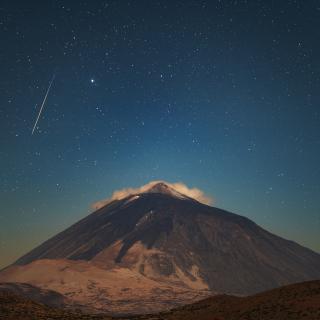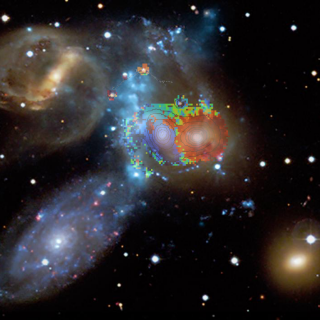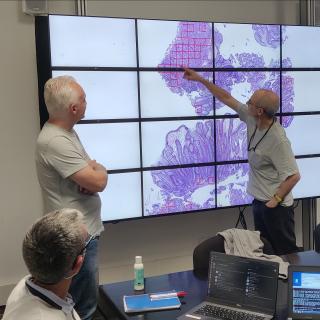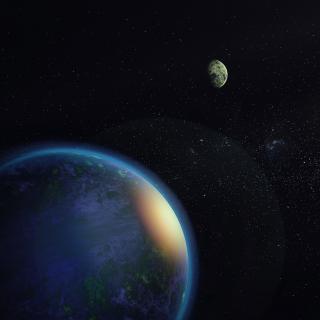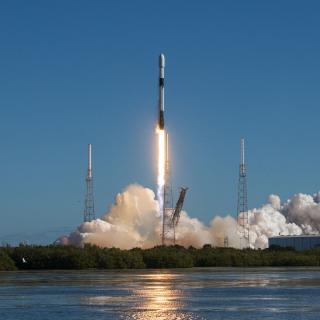
The infrared camera DRAGO-2, developed by the team at IACTEC-Space and integrated into the satellite carrier ION-scv007 Glorious Gratia of the Italian company D-Orbit is now in orbit around the Earth after its successful launch yesterday on board a Falcon 9 rocket of Space-X. The Transporter-6 mission of SpaceX lifted off without a hitch at 14: 56 UT from platform 40 of the Space Force Station at Cape Canaveral, Florida (USA). Yesterday afternoon students, families, the media and IACTEC personnel were in the viewing room which had been installed in the multi-use area of IACTEC in the
Advertised on
